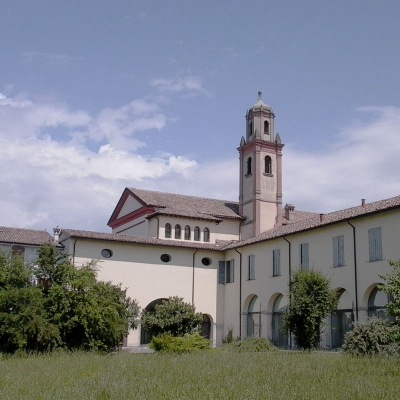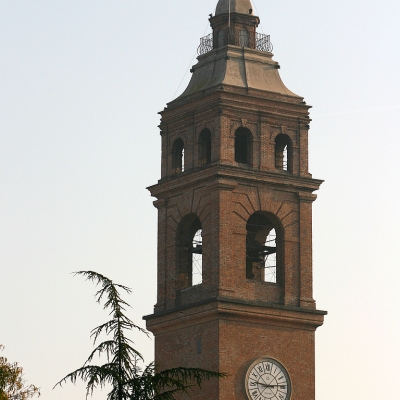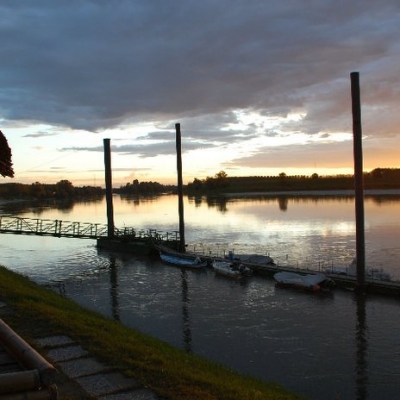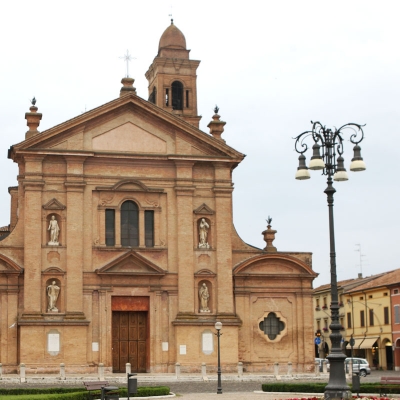Balsamic Vinegar
One of the gastronomic excellences of the territory is represented by the Traditional Balsamic Vinegar, a historical product already mentioned by the Benedictine monk Abate Donizone in 1046, in his literary composition “Vita Mathildis”.
This precious vinegar is exclusively produced in the area of the Acetaia Storica d’Italia, which partially matches with the Reggio Emilia Province.
Since 2010, The Rocca di Novellara has hosted the Acetaia Comunale, which follows strict protocol requiring the exclusive usage of local grapes to produce the must. The must is subsequently placed in small boilers, to reduce by half its volume and then subjected to sugar and acetic fermentation. The slow and laborious maturation of the future balsamic vinegar takes place in wooden barrels, which may vary in composition and dimension. The barrels are sorted in descending order and organized in batteries. The most used wood types are oak, juniper, chestnut, ash, cherry, and mulberry. This variety is necessary for the aromas to be transferred to the vinegar. To promote maturation and aging, the vinegar cellar is built in the attic, since it is most subject to variations in temperature – in both summer and winter.




